Iz Netto, Yeast Lab Biologist | Interview
The modern world of craft beer tends to glamorize the brewmaster as a lone wolf creative genius. One person working away in an underground lair fermenting magic. Of course, a brewmaster relies on a large team of professionals in every step of the process. The very first step is gathering quality ingredients. Yeast is beer’s most mysterious ingredient. A reproducing single-celled organism that consumes sugars to create alcohol and carbon dioxide. Without these invisible creatures, there would be no beer.
But, where does yeast come from? How do millions of organisms end up in a small, colorful packet at your local homebrew store? Enter the professional. Iz Netto is an R&D Biologist at Escarpment Laboratories in Guelph, Ontario. With a Master’s degree in environmental microbiology with a focus on aquatic toxicology, Netto worked for a few years in water treatment research before going for a “beverage upgrade.” She completed her brewing diploma at Niagara College. Netto went into the brewmaster program hoping to end up in a yeast lab, knowing that it was a perfect fit for her. She started working for Escarpment Labs within three months of graduating and quickly moved into a permanent position.
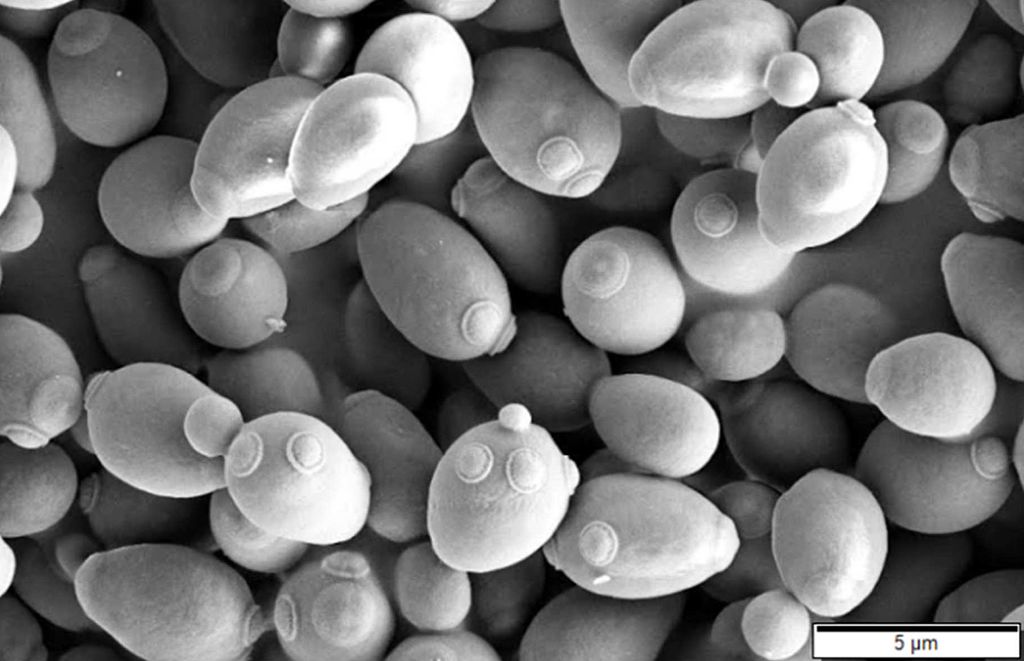
Working With Yeast
Netto describes her day-to-day experiences working with yeast as the perfect “mix of lab bench work and data analysis.” Being involved with projects from ideation and experimentation all the way through conclusion means she’s never without a question to explore.
“I’m a curious person by nature, and solving yeast mysteries is really what drives me. There also isn’t enough empirical research on yeast for craft brewers. Historically most of this research was done on lager strains for the big macro brewers, so it’s been huge for us to adapt some of these methods and test how different strains behave under what conditions.”
Netto went on to explain how new research reveals a mitochondrial mutation causing the Vermont Ale yeast needed more oxygen than other strains. Her experimentation and research helps resolve flavor problems long before your new favorite beer is even conceptualized.
Having the correct yeast strain helps define a beer as a certain style. Netto points out that brewers need to know what to expect from a yeast strain to get their desired result.
“I’ve had a few fruited Saisons where the fruit character was very faint even though there was a lot of fruit added. This could have been caused by over-pitching and/or low fermentation temperature for that particular strain, lowering yeast ester production and stripping off delicate fruit flavors while emphasizing the spiciness of the saison strain. Knowing your yeast strain can be the difference between making a good beer and a great beer.”
Overstressed yeast and unhealthy fermentation can ruin a beer completely. However, if yeast is given the correct amount of oxygen, nutrients, alcohol tolerance and pitch size, the results shouldn’t be a surprise.
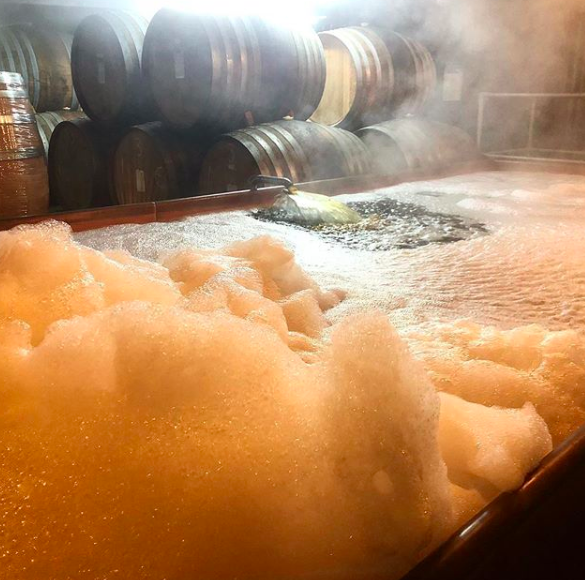
What’s Next for Yeast
Currently, Escarpment Laboratories carries 46 strains of yeast broadly divided into four categories: clean ales, specialty ales, lagers and sour blends. Of all the multitudes of yeast strains Netto works with she is the most excited about a lactic acid bacteria stain.
“I …was developing a new Lactobacillus kettle sour blend, and we identified this one strain that sours really fast and is much more resistant to higher temperatures than other Lacto strains. A lot of brewers pitch Lacto at a higher than optimal temperature, and there have been cases of failed sours because of this. This strain also did some magic with dry-hopping when I ran a sensory trial, so I’m really looking forward to tasting what breweries do with it.”
2018 was a banner year for Sour beers; the style continued to grow in popularity nationwide. I asked Netto for her predictions of the next big style of yeast. She pointed to Kveiks, a family of Norwegian farmhouse yeasts. Pairing well with hoppy styles as they produce intense hop aromas, a few breweries have begun to experiment with the style including Tombstone Brewing, Great Lakes Brewery and Stone. Look to Kveik as a newer trendy style.
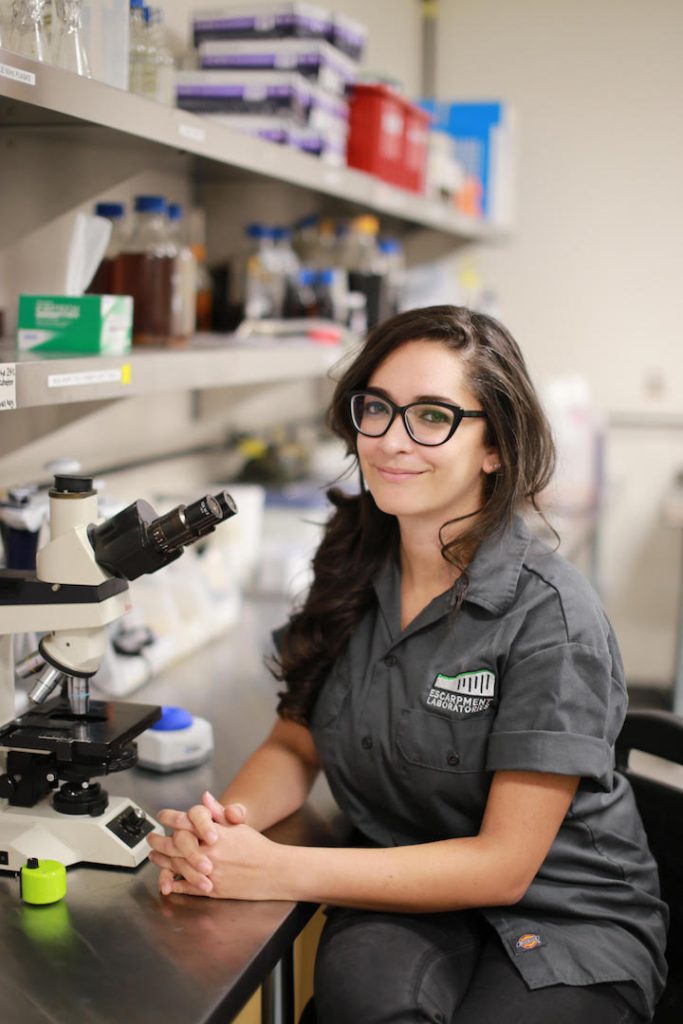
Netto’s Outlook
Norwegian Farmhouse isn’t the only new yeast trend to look for in 2019; sour strains also continue to evolve. Netto has been testing a lactic acid strain from bees, which will be able to interact with a Brettanomyces strain in unique and interesting ways. Next time you see a trendy new style consider that its source might not be the brewer, but rather the yeast cultivator.
If being on the forefront of the brewing industry and dusting off your knowledge of the scientific method sounds up your alley, I asked Netto about what it takes to make it in the industry
(especially one dominated by men). Educational background and work experience are the foundation of the career, she says. However, success is defined by what you do once you’re established in your career.
“As an individual, I think the best thing to do to drive social change is to recognize the value of all women’s contributions—for us who work in beer we need to pay special attention to women of color, because it’s still a very white industry. I like the ‘lift while you climb’ principle—we all need to support each other and keep on building the momentum. Once there are enough of us in positions of power who elevate, mentor and believe in each other, it won’t matter what the guys think.”
Feature image courtesy of Escarpment Labs Yeast.
-
What a great story! Thank you
-
Lorne from Asheville?


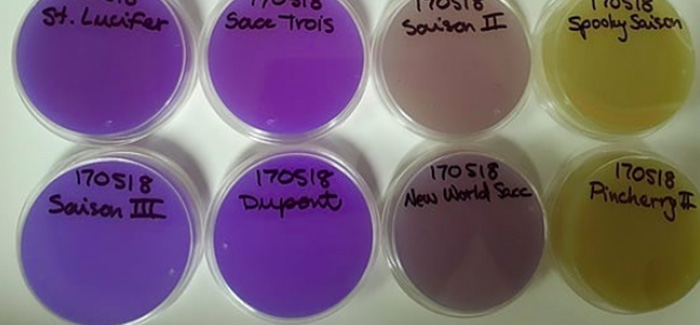

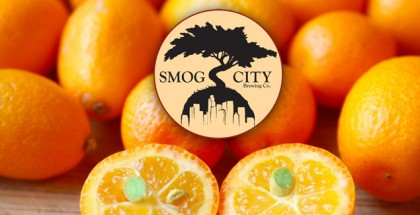

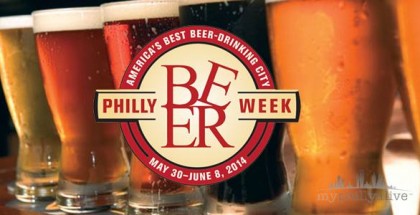
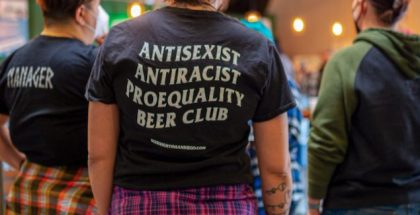
Comments